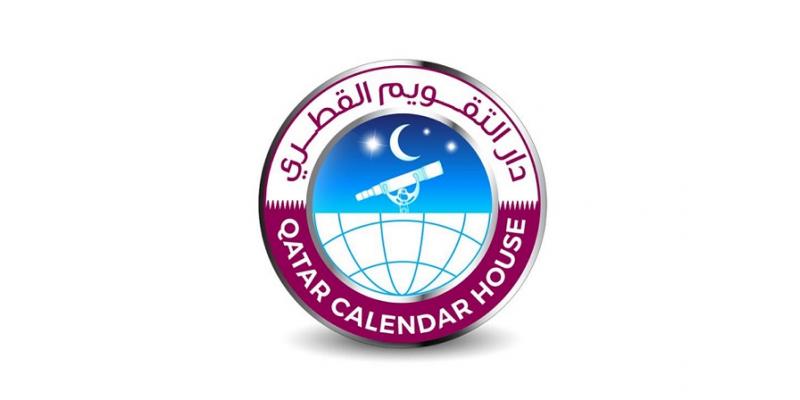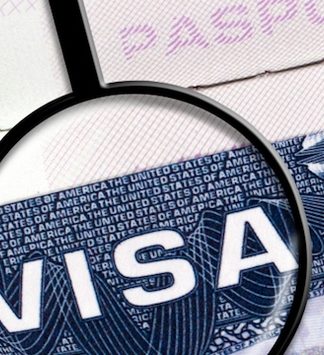The Qatari Calendar House announced that the earth will witness the phenomenon of the third lunar eclipse during the current year, on Sunday 5 of July 2020 AD, whose timing coincides with the month of Badr month (Dhul Qadda) 1441 AH.
Dr. Bashir Marzouk, astronomer at the Qatari Calendar, stated that the third lunar eclipse for this year will be of the semi-shadow eclipse of the moon, as 35.5% of the entire moon’s surface will enter the region of the semi-Earth’s shadow when the lunar eclipse reaches its climax, and it will be difficult to distinguish this. Lunar eclipse with the naked eye, but it can be detected by astronomical telescopes, because during this type of lunar eclipse, the color of the moon changes only without the Earth blocking any part of it.
Residents of North America, South America, Africa, and Southeast Europe will be able to monitor and follow the semi-shadow eclipse of the moon, knowing that the population of the State of Qatar will not be able to monitor this eclipse due to its occurrence during the day in relation to the State of Qatar and the Middle East region.
Marzouq explained that all the stages of this eclipse will take a period of two hours and forty-five minutes from the beginning of the eclipse until the end of it, and the moon will begin entering the semi-shadow of the earth at (6:07) in the morning of Doha local time, while the eclipse will reach its climax at (7: 31) in the morning, where 35.5% of the entire moon’s disk will fall in the semi-shadow of the earth at that time, while the semi-shadow eclipse will end at 8:52 am local time in Doha.
It is noteworthy that the sky of Qatar witnessed two lunar eclipses during January and June of this year, while the last lunar eclipse will occur during the year (2020 AD) in the month of November.
The importance of lunar eclipses and solar eclipses is that they confirm the accuracy of astronomical calculations used in calculating the beginnings and ends of the Hijri months, in addition to confirming the accuracy of the calculations used for the orbits of the celestial bodies.
It is worth noting that lunar eclipses can be seen in all regions where the moon appears at the time of the eclipse, unlike solar eclipses that only the inhabitants of the regions located on the moon’s cone can see or resemble its shadow at the time of the eclipse.






























